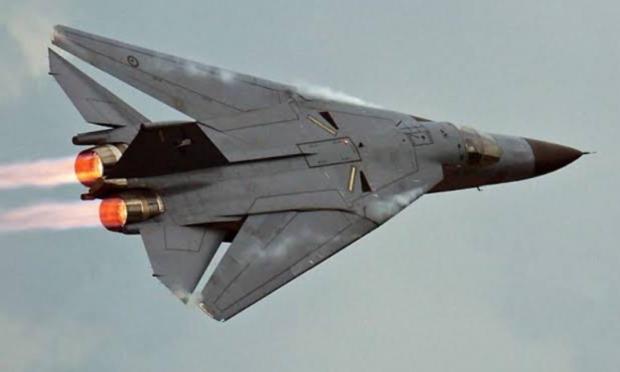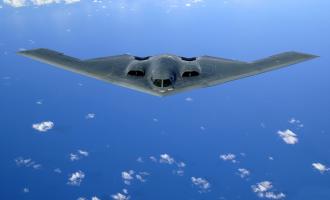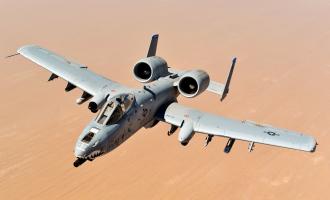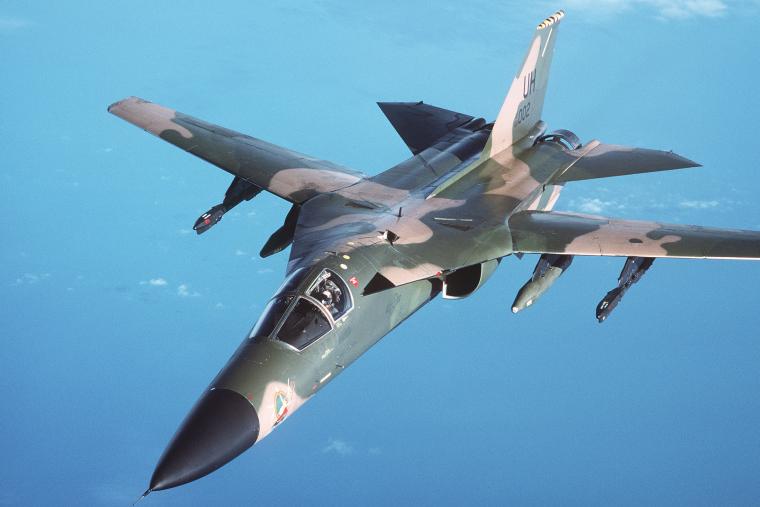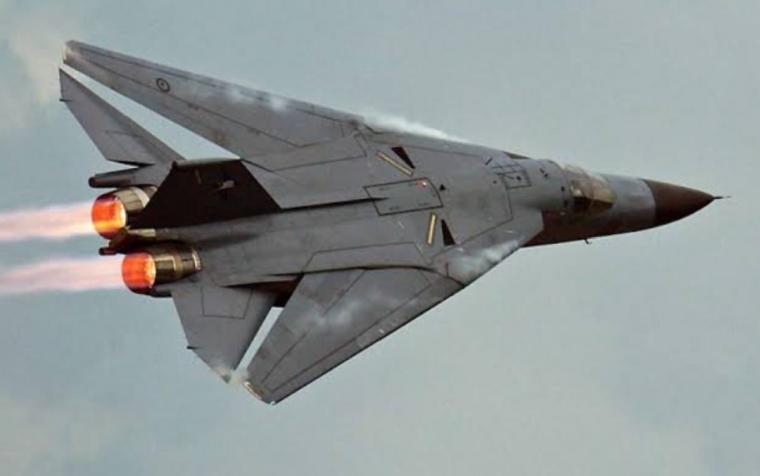F-111 was tested for the first time on the battlefield in Vietnam during 1968, but issues with its design postponed its introduction in the army until Operation Linebacker. The aircraft became one of the most legendary bombers of the war, as it could fly at low altitudes with a loss rate of only 0.015.
F-111 Aardvark was the standard attack aircraft for the US Air Force for the majority of the Cold War. Practically, it served in every conflict of Vietnam, until it was replaced by the F-15E Strike Eagle. It served in the Strategic Air Command, for a limited time as a strategic bomber.
But what made F-111 so good? Did the US lose its amazing capabilities when they retire?
F-111 Aardvark was one of the first aircraft that served as an interception aircraft for long rangers at the US Navy, while it was also served at the US Air force as a strike bomber.
Its role as a strike bomber required an aircraft that could fly at low altitude to penetrate into the defenses of the enemy. As a result, the aircraft was equipped with advanced radar, it featured a special wing configuration for better agility at low speeds, and it had a heavy armory. The aircraft had a lot of influence on other NATO bombers like the Panavia Tornado, which acquired a similar radar and wing design to the F-111.
The first F-111 was tested in Vietnam battles in '68, but the issues with its design postponed its introduction to the US Air Force until Operation Linebacker, The aircraft would be one of the most successful bombers in the world, as it could penetrate the enemy lines with a loss rate of only 00.15.
However, the F-111 was rejected by the US Navy during their search for an interception aircraft for long ranges. The winner of the competition was the F-14 Tomcat aircraft.
The aircraft was satisfied enough to continue upgrading the F-111. The F-111D was the first of its kind to feature a 'glass' cockpit with screens for displaying the data to the pilots. The avionics of the aircraft were some of the most advanced of the time.
An/AVQ-26 Pave Tack targeting pod was later added to the F-111. This device lets the aircraft attack targets with their laser-guided ammunition. Pave Tack worked perfectly during Operation Desert Storm, as it destroyed many tanks with its laser-guided missiles.
But, the replacement of the F-111, the F-15E Strike Eagle could do all of these. It could use a targeting pod, it had a high-tech cockpit, and it could fly at low altitudes. An extra feature of the Eagle was its ability to dogfight on its own.
The F-111 had a strong advantage, though. The US Navy and the US Air Force requested a long-range aircraft. The F-111 has 60% more range than the F-15E, even with the external fuel tanks on.
The extended range of the F-111 made it a utility bomber. The F-111 that was based in the United Kingdom was used to bomb Libya during Operation El Dorado in 1986. Its range was used by the Strategic Air Command that had the FB-111 version of the strategical bomber. In that role, the aircraft was replaced only by the B-1 Lancer.
Even if the shorter-range aircraft are cheaper when flying and at maintenance, the F-111 was something between a tactical attack aircraft and a strategical bomber. This feature let it serve impressively during the Cold War.


